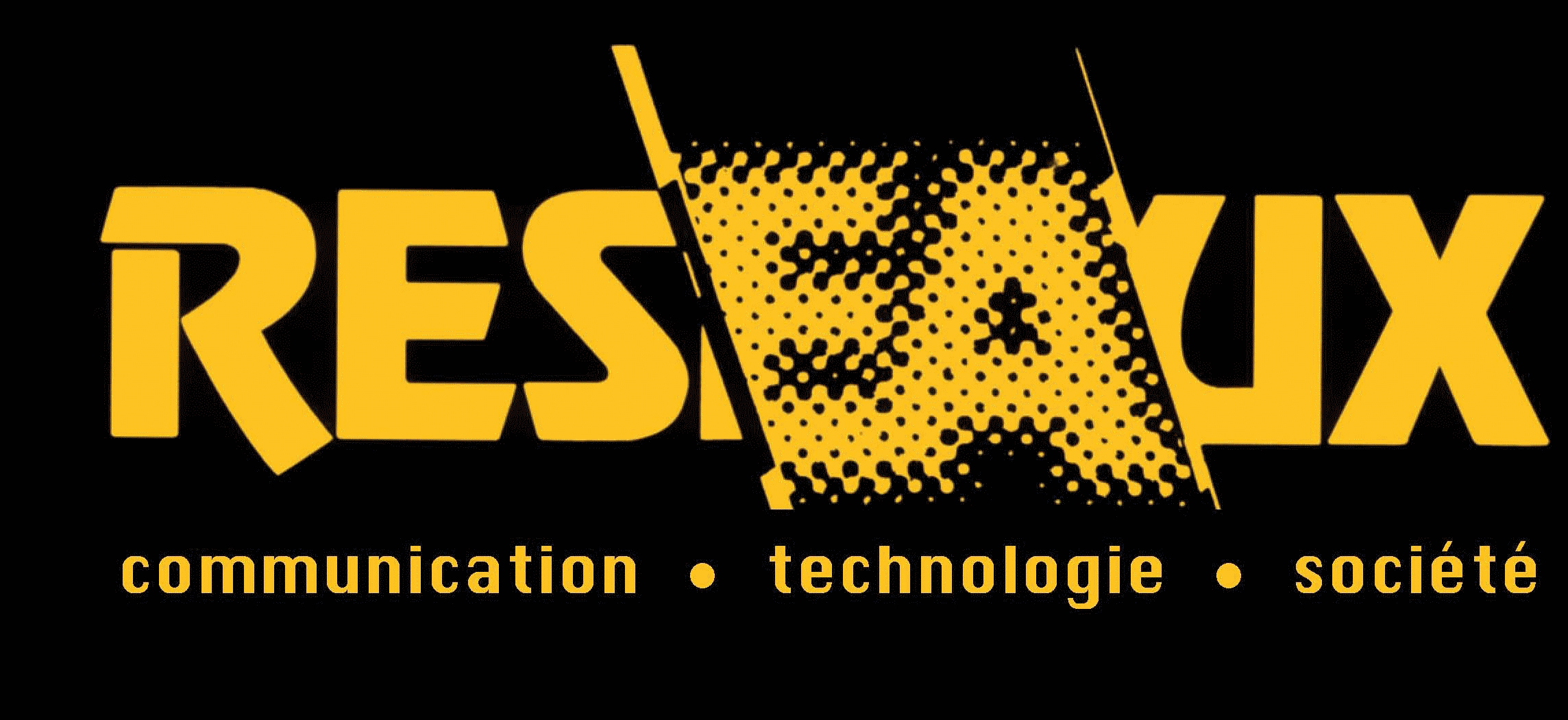Governing HTML
The decentralization and interoperability aims of Tim Berners-Lee, creator of HTML code and founder of the World Wide Web Consortium (W3C), were for a long time synonymous with the free circulation of information, open formats, and transparent procedures. Yet from the mid-2000s these points became more difficult to reconcile. This article describes how they have been negotiated since then, and considers the role played by navigation software, the owners of which created a second standardization arena, the Whatwg, in 2005, without leaving the W3C. The article explains the reasons for this, and describes the two visions of the standard – one attached to stabilization, the other to flexibility – that have existed since, and that are different but reconcilable and effectively reconciled. It then analyses the Encrypted Media Extensions controversy in which, from 2012, advocates of the interoperability of copyright management systems clashed with those of free circulation and transparency. This time the negotiations, rather than leading to a win-win situation, saw advocates of the EME prevail.
Keywords
- internet
- governance
- web
- HTML
- W3C
- Whatwg
- EME
